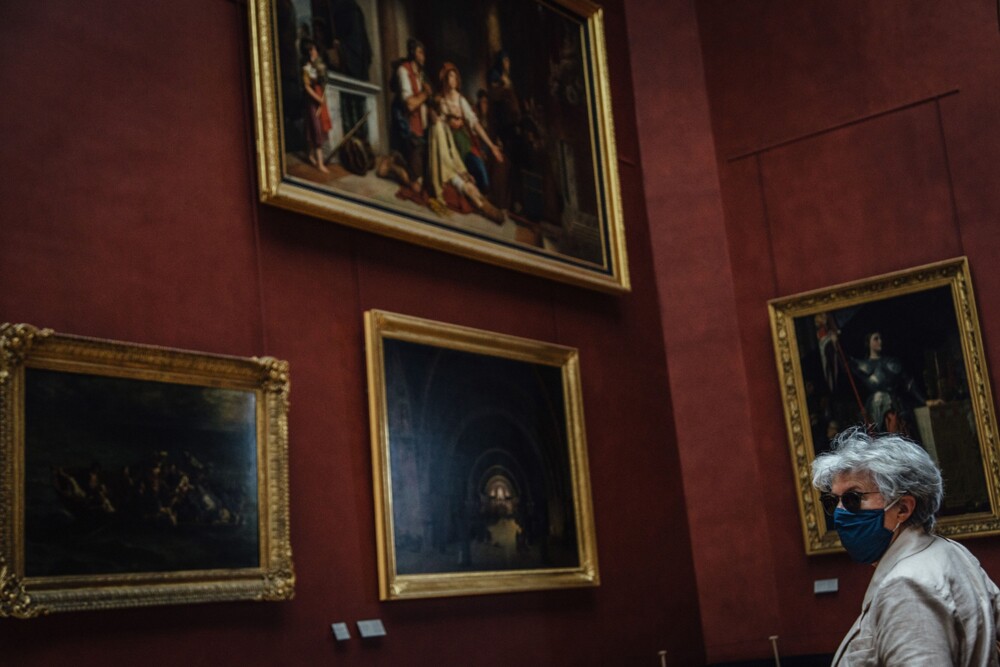The Covid pandemic of 2020 created one of the most lopsided economic environments in recent memory, with the rich getting richer while unemployment and bread lines soared. In such an environment it may come as little surprise that the ultra-luxurious, multi-billion dollar art world produced some of the biggest market gains this year.
Through July, the art market gained 5.5 percent — a better performance than most other markets and assets classes, according to a recent report from Citi Private Bank’s art advisory and finance group.
The gains were based on the Masterworks.io price-weighted All Art Index, which measures the gains in prices of artwork sold by the major auction houses. That index gained more than ten other major asset classes over the same time period, including equities (both developed and emerging markets), which were down 2.6 percent and 1.3 percent, respectively, for the period, the report said.
Art also outdid hedge funds, which gained 2 percent; private equity, which fell 5.9 percent during the time period; real estate, down 14.5 percent; and commodities, which fell 22.1 percent, according to the Citi report.
Contemporary art fared the best, with its weighted index gaining 6.7 percent, versus a slight decline for the unweighted index.
“This tells us that higher priced works — especially paintings purchased for over $500k to $1 million — tended to perform better than lower-priced works,” the report noted.
The impressionist art index gained 2 percent during the same time period.
The art market has fared better than it during the 2008-09 market rout, because “this has not been a financial crisis,” said Suzanne Gyorgy, global head of art advisory & finance at Citi Private Bank. “So a lot of our clients are personally touched by the pandemic but not financially touched by it.”
In fact, the billionaires that buy high-end art have been some of the biggest winners during Covid, according to a report by another big bank. UBS reported in October that billionaires’ wealth jumped by 27.5 percent between April and July.
The art index’s gains occurred despite sales being down at the big auction houses, Christie’s and Sotheby’s, while many galleries shut down in major cities, and art fairs — where much of the action takes place around the globe — went virtual.
Even though sales volume is lower, the prices of individual works of art have increased, explained Gyorgy.
One reason for the price hikes is the decline of interest rates. Art tends to rise in value as real interest rates fall, according to the report. It’s easier to finance art purchases in today’s market, but it’s more complicated than that.
“Art does not pay an income stream to its owners. Indeed, it has a slightly negative income stream as owners have to pay for insurance storage, transportation and maintenance,” the report explained. “When real interest rates are high or rising, the cost of owning art is higher.”
Contemporary art has long been a top-performing asset. Since 1985 it has gained 11.5 percent on an annualized basis — higher than any other asset class except private equity, which rose 13.8 percent during the same time period, and global emerging market equity, which gained 10.7 percent annually.
Hedge funds gained 8.9 percent annually, slightly higher than the 8.3 percent gained by the overall art market during the same time period.







